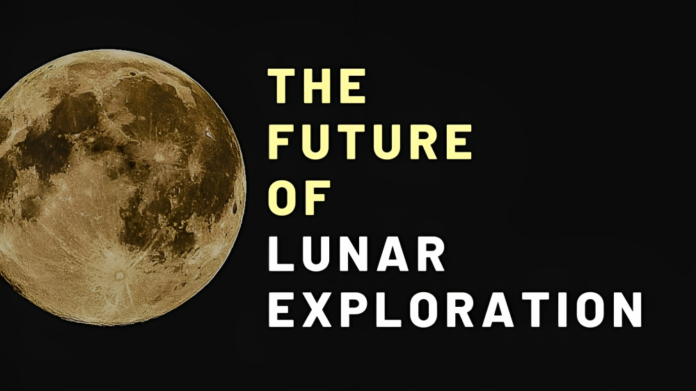Table of contents
Introduction
The moon has attracted humans for ages, owing to its affection to Earth and potential as an access point to greater cosmic research. In recent years, there has been an explosion of interest in lunar exploration, as scientists and engineers see the moon as an important stepping stone toward exploring the rest of the solar system.
Importance of Lunar Exploration
Understanding Solar System’s Origins
The formation of the moon, which resulted from an enormous collision between Earth and another celestial body, provides a unique insight into the early history of our solar system. The composition and geological aspects of the moon can give insights into the processes that formed our cosmic vicinity.
Resource Potential
The finding of water ice in permanently colored craters on the moon has tremendous potential. Water can be turned into oxygen for breathing and hydrogen for rocket fuel, reducing the need for future lunar missions to bring these resources from Earth and laying the groundwork for deeper space exploration.
Technological Testing Ground
The severe environment of the moon provides a real-world laboratory for testing novel technologies that have the potential to transform space exploration. On the lunar surface, concepts such as in-situ resource utilization (ISRU), sustainable energy solutions, and autonomous robots may be tested and enhanced.
Goals of Future Lunar Exploration
- Origin and Evolution: Delve into the moon’s history to better understand its formation, as well as its role in shaping Earth’s geological and climatic evolution.
- Resource Discovery: Systematically search for valuable resources, particularly water ice, that can be exploited to sustain future lunar habitats and expeditions.
- Technological Advancement: Develop cutting-edge technologies for sustainable lunar operations, setting the stage for more ambitious space journeys.
- Establish Permanent Presence: Lay the foundation for a continuous human presence on the moon, enabling extended scientific research, resource extraction, and advanced technological experimentation.
Challenges of Lunar Exploration
- Harsh Environment: The moon’s stark environment poses challenges such as extreme temperature fluctuations, hazardous radiation levels, and abrasive lunar dust that can damage equipment.
- Financial Constraints: Mounting a lunar mission is a costly endeavour, requiring substantial funding for spacecraft development, launch vehicles, and mission operations.
- Technical Hurdles: Overcoming technical obstacles related to landing, mobility, power generation, life support systems, and resource extraction in an uncharted lunar environment.
Optimism for the Future
The future of lunar exploration appears promising due to several factors:
- Renewed Interest: The resurgence in lunar exploration interest is fueled by advancements in scientific knowledge and a renewed vision for space exploration.
- Technological Innovation: Ongoing breakthroughs in robotics, propulsion, materials science, and AI are enabling the development of new solutions for lunar challenges.
- Global Collaboration: Increased international cooperation is fostering shared knowledge, resources, and expertise to tackle the complexities of lunar exploration.
- Artemis Program: NASA’s Artemis program, alongside other international efforts, embodies the spirit of lunar exploration by combining science, technology development, and the aspiration for sustainable human presence.
The Promising Lunar Horizon
The road ahead is marked by numerous opportunities:
- Scientific Discovery: Deeper lunar exploration promises insights into fundamental cosmic processes, enhancing our understanding of Earth and its place in the universe.
- Resource Utilization: By harnessing the moon’s resources, we can reduce the costs and risks associated with space travel, making it economically viable and sustainable.
- Human Expansion: Establishing a human foothold on the moon prepares us for extended missions to Mars and beyond, serving as a rehearsal for deep space travel.
- Commercial Ventures: The moon’s potential as a hub for scientific research, technology testing, and even tourism presents economic prospects for private enterprises.
Conclusion
The moon shines like a celestial jewel in the amazing tapestry of cosmic investigation, urging mankind to explore deeper into the mysteries of the world. Its significance includes scientific curiosity, resource-rich frontiers, technological innovation, and future generations’ ambitions. Humanity can transform the moon into a lively platform for scientific discovery, pioneering initiatives, and the drive to expand our horizons beyond Earth’s constraints by embracing collaboration, creativity, and unwavering dedication.

